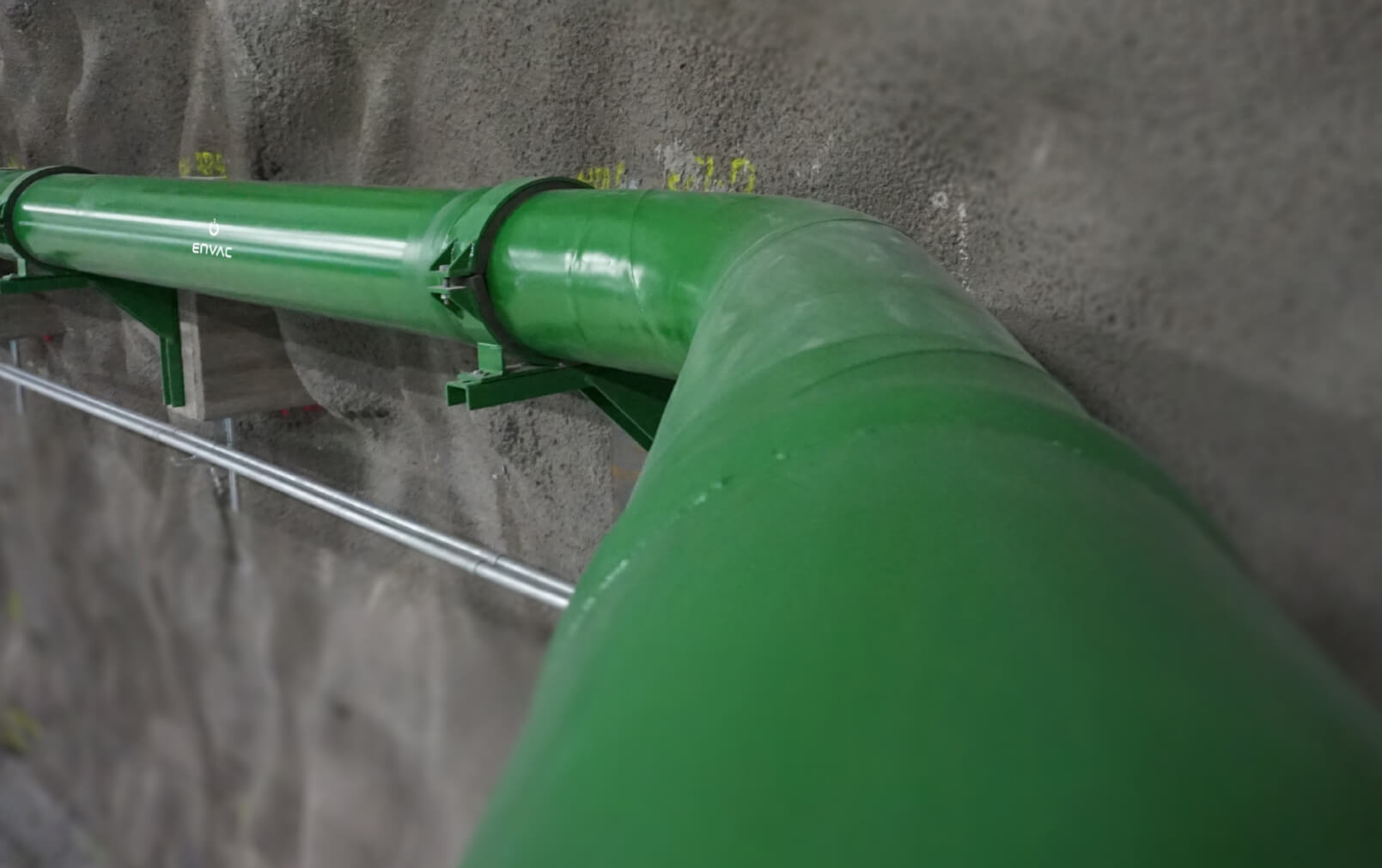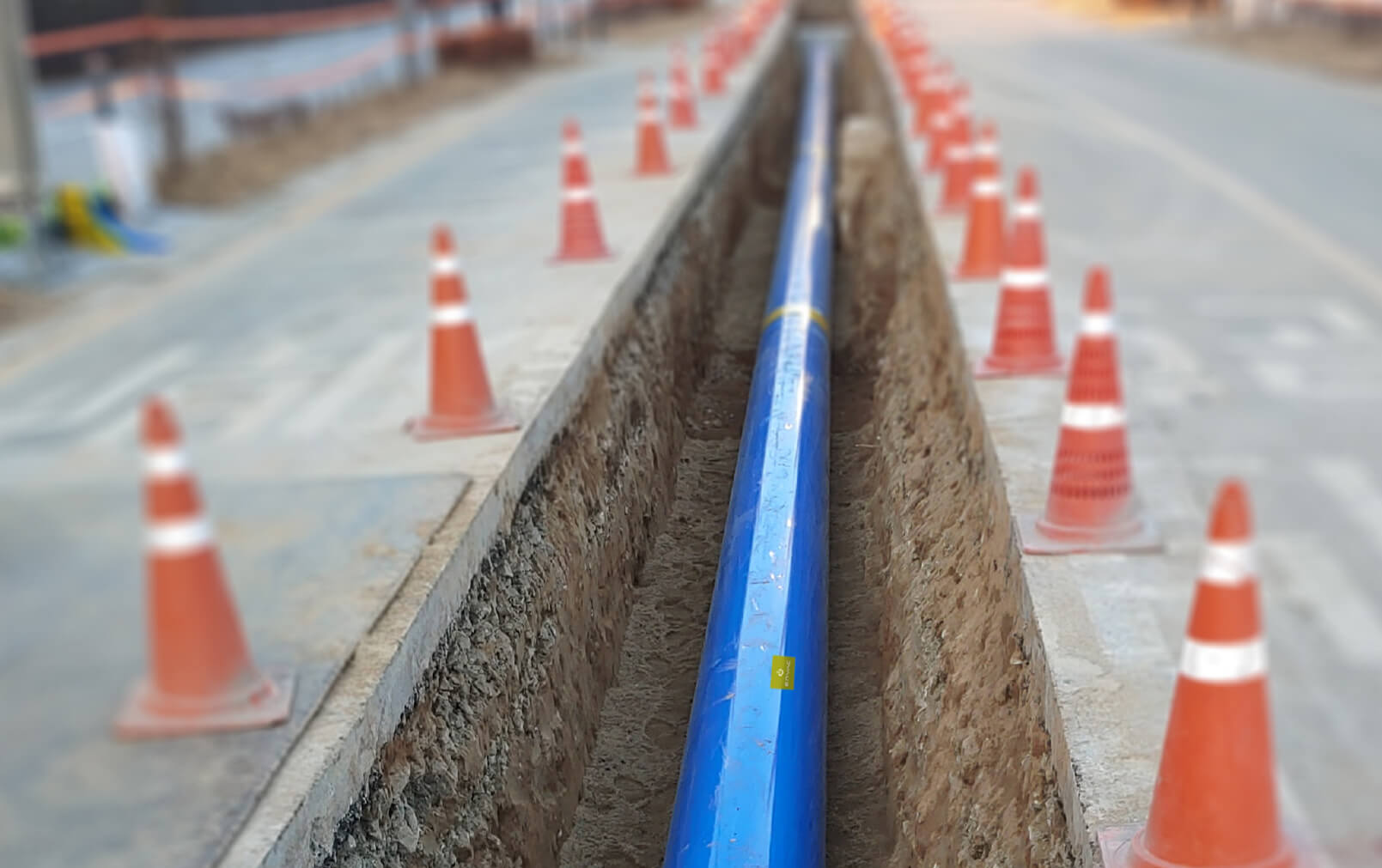Photography
Guidelines
Photography is a powerful way to communicate our brand identity. We have two overall rules for photography selection – simplicity over complexity and context over product.
• Simple means no clutter, no crowds and a limited colour palette.
• Avoid focusing on people in images.
• Make sure the photo shows the context (the city, neighbourhood, surroundings, etc.)
Be aware of all the essential components of an image before shooting or using them in communications.
Avoid using images that are too complicated, busy, out of focus, low resolution or too dark.
DAM System – Imageshop
We have a Digital Asset Management system (Imageshop) with photos, videos and many other useful assets that you can use for presentations, events, press etc. In case you don’t have access yet, contact your region Marketing department for help. There is presentation available in Teams/Envac Global/Academy/.
Section
Photography
Our photography guidelines can be broken down into four subject categories.
1. Lush futurism
To tell our story, we use grand and bold photos where futuristic design meets lush green surroundings. By comparing these two contrasts, we convey the image of a future where high-tech, modern architecture co-exists with mother nature.

2. Skyline legacy
By using photos of cities, we establish the connection between Envac and the context where our system is powering the circular economy. We are an integral part of the smart infrastructure of the future.

3. Urban light
A future with Envac improves the quality of life for citizens everywhere. We show this using images of how urban centers and other contexts where we operate feel ”light” and ”airy” and where architecture is modern and clean.

4. City outtakes
When we portray our installations, we try to include the context around them. This concept can be a collage of multiple photos, combining details with surroundings.

Guidelines
Photography and video are key elements in brand communications at Envac. Follow these guidelines to assure that the photos are on brand and captivate our audience. Try to be aware of all the essential components of an image before shooting or using them in any touchpoint. Avoid using photos that are too detailed, busy, out of focus, low resolution or too dark.
Context is key
Our inlets are vital to our brand, and they should be visible in our communications. However, they should not take center place in ads or other marketing establishing or positioning our brand. They are more suitable in second tier imagery; brochures, subpages online, case studies and so forth.
Inlets should always be a part of a wider context. If an inlet is shown, show the park beside it. Or the futuristic skyscraper above it. Or the clean, shiny electric car parked next to it. Or the bicycles parked behind it.
Composition
Always achieve a well adjusted composition when shooting photos. The angle makes a huge difference for the horizontal and vertical balance of the photo. Also, pay attention to negative space. Negative space is the empty or open space around an object. This space helps the subject in your work — the element of interest — stand out and attract the viewer’s attention. It also allows text to be incorporated into the photo without complicating the design.
While shooting our pipe networks, you should always think about the depth of field clearly showing the pipe system.
Clutter free
If the space you are shooting seems complex, choose to zoom in on particular details of that space. Avoid using photos with a cluttered and complicated composition.
Colour mode
To avoid any colour distortion in our photos, set your images’ colour mode to CMYK for print pieces. For web, set all images’ colour mode to RGB.
Other guidelines
If there are people in the photos they should be blurred or photographed from behind, never from the front.

Guidelines
(Underground pipe network)
While not central to the brand communication, our installations are naturally interesting to portray.
Depth of field
As stated in our guidelines for “City outtakes”, these photos should also be photographed with depth of field in mind. We focus mainly on the span of these networks, creating a deeper sense of being both near and distant to the pipes in focus.
Futuristic movement
When photographing any of our waste collection systems, think about angles, proportions and the movement that our pipe networks give an illusion of. Always focus on details when doing close-ups and try to find the right angle and objects that give our systems a modern, almost futuristic feel.
Use a wide-angle lens
Take advantage of pipes in curved tunnels, straight trenches and wide arches in terminal ceilings, show as much of this as possible. You will benefit from using a wide-angle lens.
Keep it simple
Avoid overloading the image with lots of elements, focus on the pipes and always favour clean, uncluttered compositions.
All photos must meet the following criteria
- Be a JPEG, PNG or TIFF file, well lit (or light adjusted) and have a sharp focus.
- Have a resolution of at least 300 dpi. This size file will allow good quality and flexibility for print media and is also adequate for online media.
- Digital photos should be captured in the camera’s RAW format for maximum quality.
- RAW photos require an additional level of post processing which may be appropriate for images selected for print reproduction.


